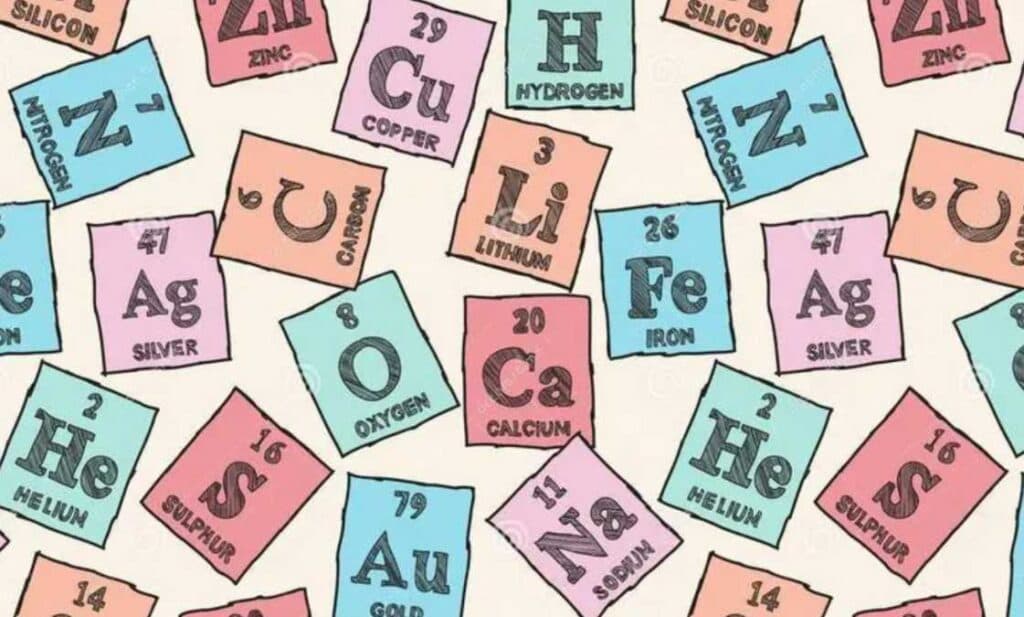How to check Biuret composition in fertilizer?

To start with: What is Biuret in fertilizer?
Biuret include semicarbamide, carbamoylurea and iminodicarbonate diamide. It is a white long flake crystal, odorless but hygroscopic. Biuret is generated in high-temperature chemical reactions and has some special physical and chemical properties. Biuret is harmful to crops, so when you see this ingredient, you should pay special attention to whether it will have any adverse effects on agricultural products. In what ways will it affect crops? How to calculate the biuret composition see if it meets the standard? you will find the answer in the next paragraph.
What are the disadvantages of biuret?
The biggest adverse effect is: biuret burning seedlings. Many farmers who use urea fertilizer often complain that the concentration of their fertilizer is too high. In fact, this is not the case. The real reason is that the content of biuret is too high. Biuret content exceeding 0.5% will cause adverse effects when using foliar fertilizers.
How to test the compound fertilizer biuret composition?
Summary: Use absolute ethanol as the solvent, use ultrasonic waves to extract biuret in the sample, generate a purple-red complex in an alkaline solution of copper sulfate and potassium sodium tartrate, measure the absorbance at a wavelength of 550nm, and obtain the biuret in the sample. Diurea content.
So here is how you can test the birut composition of compound fertilizer but first thing first you have to have the following tools to test it:
- Electric drying oven
- Ultrasonic cleaner
- Constant temperature water bath
- Spectrophotometer
And this is the list of Reagents and solutions are needed to test it:
- Anhydrous ethanol
- Hydrogen peroxide
- Potassium sodium tartrate alkaline solution: 100g/L; weigh 80g sodium hydroxide and dissolve in 500ml water, cool, add 100g sodium potassium tartrate (NaKC4H4O5·4H2O) to dissolve, dilute with water to 1L, mix well, and let stand Leave overnight and filter before use.
- Copper sulfate solution: 30g/L; copper sulfate (CuSO4·5H2O) is dissolved in water, filtered, and diluted to 1L with water.
- Biuret standard solution: 2mg/mL; weigh 2g (accurate to 0.0002g) of biuret and dissolve in CO2-free water, transfer to a 1L volumetric flask, dilute to the mark with water and shake well. Prepare this standard solution before use.
Step 1: Prepare biuret solution
- Weigh 2 to 6 g of the prepared sample (accurate to 0.001 g, preferably containing 10 mg to 60 mg of biuret).
- place it in a conical flask, add 30 ml of absolute ethanol, place it in an ultrasonic cleaner, and sonicate for 10 minutes After that, filter with rapid qualitative filter paper, wash with absolute ethanol (wash 5 to 8 times, about 2ml to 3ml of absolute ethanol each time).
- combine the filtrate and washing solution in a 100ml volumetric flask, the solution volume should be controlled to about 70ml, and then Add 10.0ml, potassium sodium tartrate alkaline solution and 10.0ml copper sulfate solution, dilute to volume with water, shake well. Place in a water bath at 30±5°C and shake for 20 minutes.
Step 2: Biuret composition measurement calculation formula
The mass fraction w2 value of biuret is expressed in % and is calculated according to the following formula:
- W2=(m1-m2)*(10^-3)/m*100 where:
- m1——The mass value of biuret calculated from the linear regression equation corresponding to the absorbance of the sample, the unit is milligrams (mg)
- m0——The value of the mass of biuret calculated by the linear regression equation corresponding to the blank absorbance, in milligrams (mg)
- m——The mass value of the sample, in grams (g)
Take the arithmetic mean of the parallel measurement results as the measurement result.
Allowable difference/standard deviation:The relative deviation of parallel measurement results shall not be greater than 10%.
3 ways to avoid or reduce the impact of biuret on crops/plants
Do not apply fertilizer at the “surface” of the ground.
- Under normal circumstances, if urea fertilizer is sprinkled on the surface, it will take at least 4-5 days for the conversion process to be absorbed by the crops, and most of the available nitrogen is wasted during the ammonization process, and the nitrogen that can really be utilized The content will not exceed 30%. Therefore, try to reduce the amount of fertilizer applied directly to the surface during fertilization.
Do not use urea as seed fertilizer.
- As mentioned above, urea contains a relatively large amount of biuret, and biuret is usually produced during the production of urea, so it cannot be avoided. As long as urea enters the biuret in seeds and seedlings, it will denature the protein and affect seed germination and seedling growth. Therefore, try not to use urea as a fertilizer for fragile seeds.
Avoid pouring a lot of water after using urea.
- The urea we commonly use is generally an amide nitrogen fertilizer, which is a solid granular fertilizer. In this case, it cannot be directly absorbed by the crops. What crops actually absorb is liquid nitrogen, so it usually takes some time for chemical fertilizers to be converted into a state that can be absorbed by crops after they are applied to crops. Therefore, during this transformation process, if we use flood irrigation, a large part of the fertilizer will be wasted and will be washed away by water before it is actually absorbed by the crops, causing great waste.
Conclusion: How to save the land from using biuret
In this article, we introduce what biuret is and 3 scientific fertilization methods on how to avoid biuret harming crops. Of course, how to avoid it from the source is to buy good quality urea with low biuret content, so we also introduced how to test the biuret content of compound fertilizer. I hope you will choose a trustworthy manufacturer when purchasing compound fertilizer, and I also hope that you will choose a trustworthy compound fertilizer equipment manufacturer when building a compound fertilizer plant.

